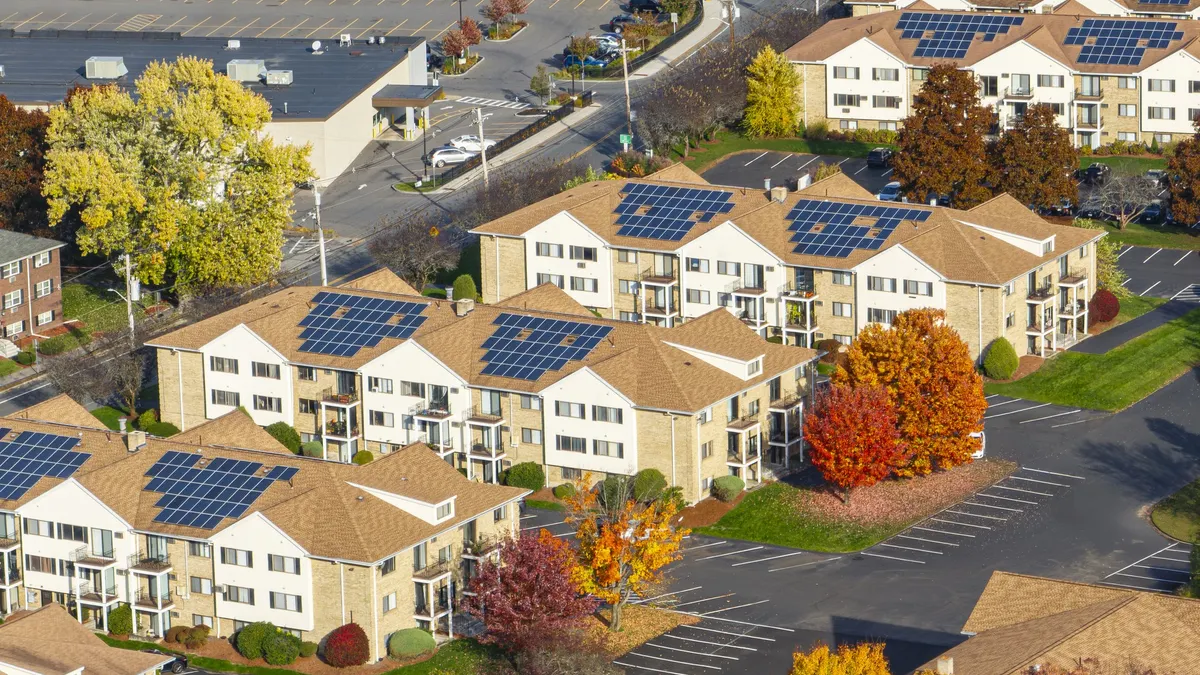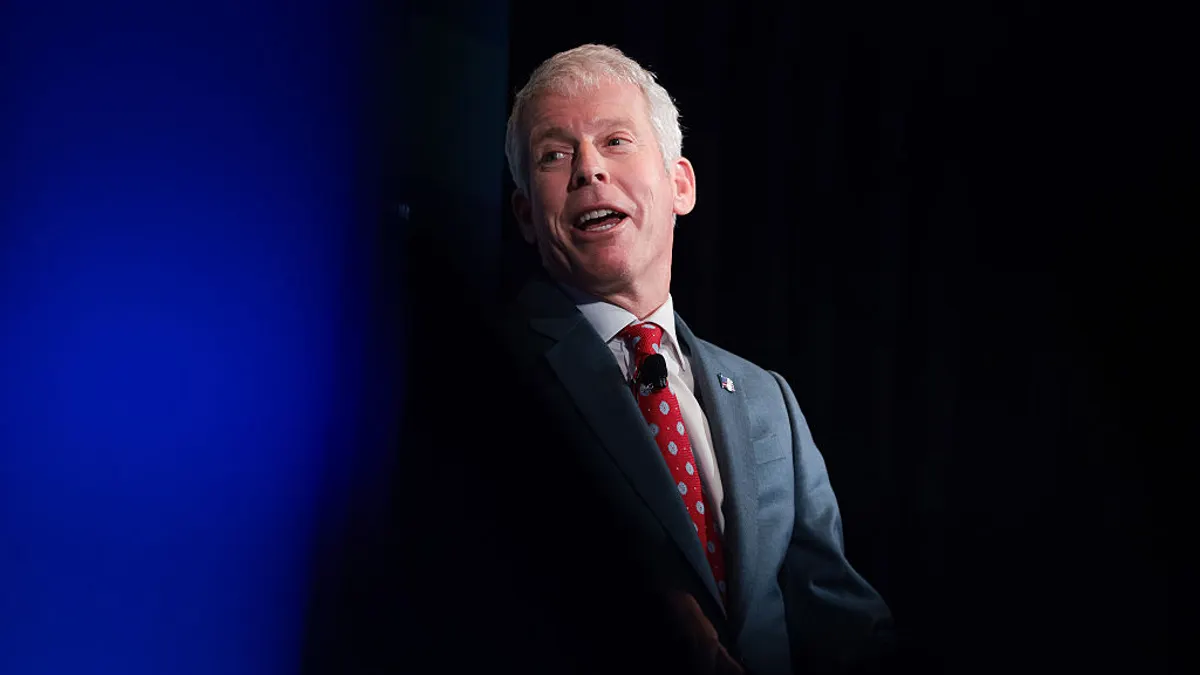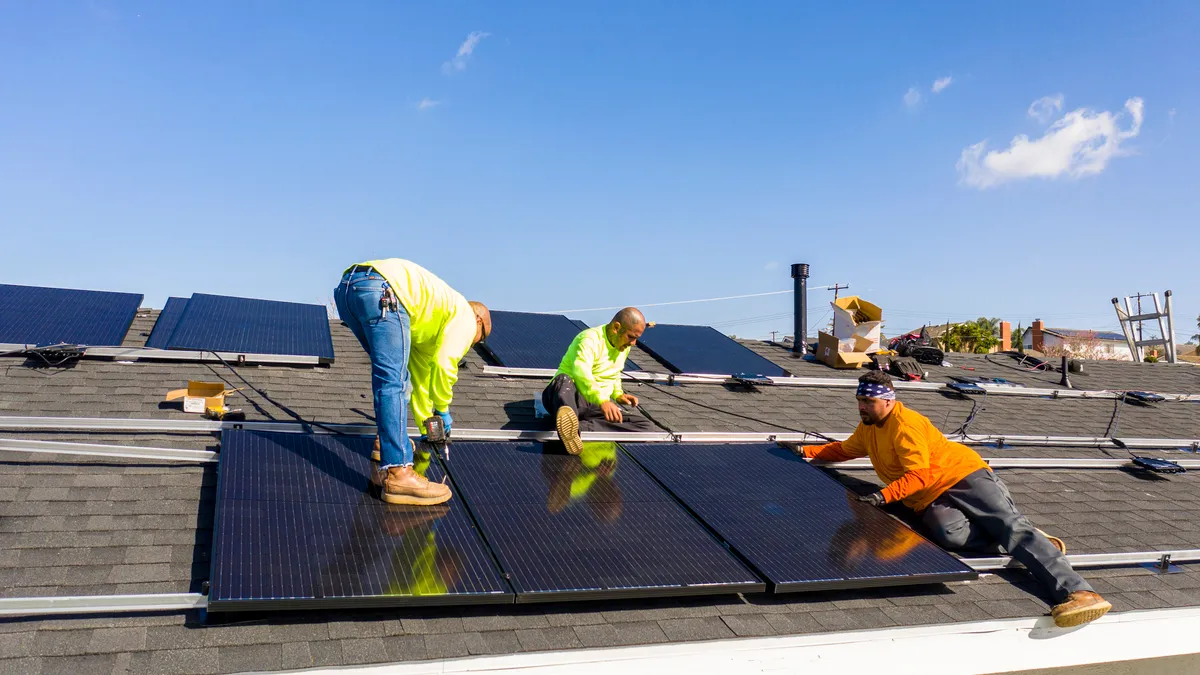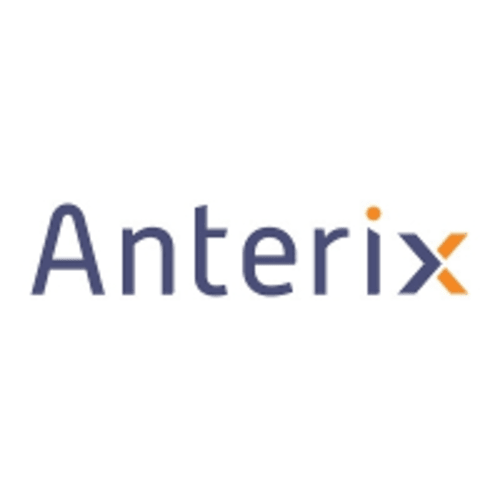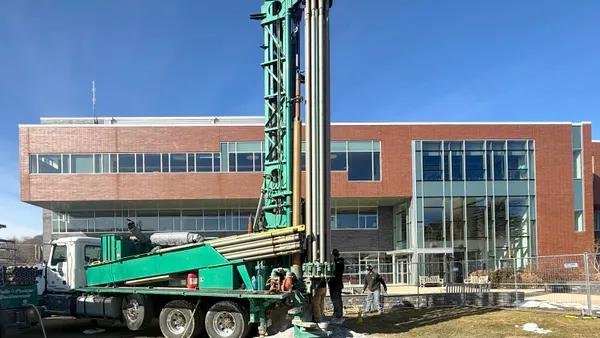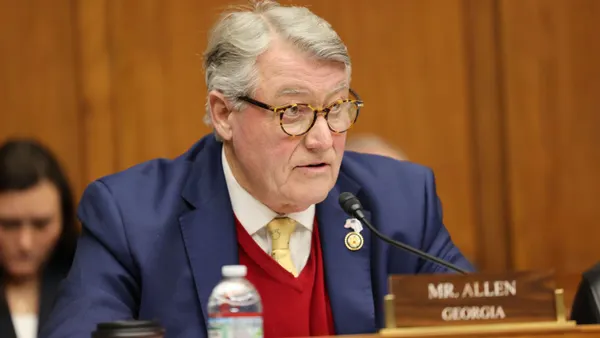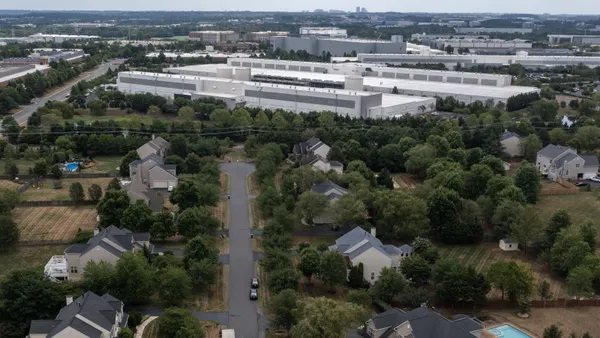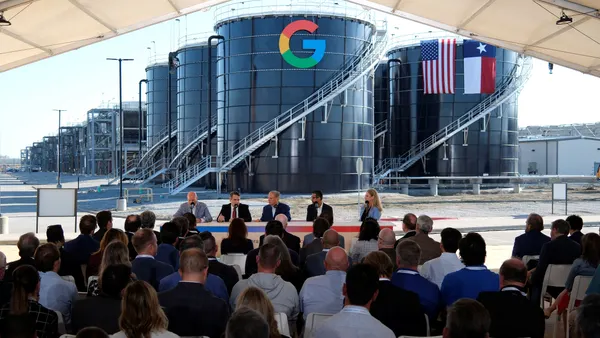Hannah Bascom is chief growth officer for Uplight.
As electricity demand soars — driven by AI-powered data centers, the rise of electric vehicles and beyond — the U.S. grid is feeling the strain. Experts estimate that AI alone could drive a 67 GW increase in energy demand over the next five years, a challenge the U.S. grid is not currently equipped to handle. And while new generation is in the works, building supply fast enough to keep up is a near impossibility.
Fortunately, there is a massive but largely untapped resource at utilities’ disposal that doesn't require years of lead time to start producing: customers and their growing number of distributed energy resources (DERs), including everything from residential solar to home and commercial batteries to combined heat and power systems, are at the ready. Utilities currently tap these DERs to deliver load flexibility through a variety of demand response programs, but there is significant room to expand the impact of these assets through the creation of virtual power plants (VPPs).
VPPs operate a portfolio of DERs, comprising multiple technology types, as a cohesive resource to accurately predict and deliver grid flexibility. Aggregating DERs and programs into a coordinated portfolio allows VPPs to unlock substantially more flexibility and economic potential from customer-sited DERs compared to single-technology demand response programs.
By now, many are familiar with the promise of VPPs: the Department of Energy estimates that deploying 80 GW to 160 GW of VPP, enough to serve 10% to 20% of peak load, by 2030 could support rapid load growth while also reducing the cost required to serve new load. Unlocking flexibility and economic potential from customer-sited DERs through VPPs will transform a grid challenge into a grid opportunity, create firm, clean capacity, reduce customer and utility spend and support our journey toward net-zero emissions. But the key to turning VPP potential into reality? Bringing customers of all segments along for the journey.
Unlocking full VPP potential through customer engagement
The driving force behind a VPP’s flexible capacity impact lies in its ability to enroll, aggregate, coordinate and optimize a variety of distributed energy resource types into a comprehensive portfolio of reliable flexibility that works as a unified resource to serve both customer needs and grid requirements. And while the technical and regulatory characteristics that form the foundation for VPPs are critical, their success (and long-term viability) is intrinsically linked with active customer participation.
We know that the average consumer spends very little time considering their energy use, but as energy bills increase due to inflation and more severe weather, customers are starting to pay more attention. So, how can we harness this momentum to motivate millions of residential and business customers to become active VPP participants? By putting them at the center.
With customers at the center, we can tap technology, data, insights and extensibility to seamlessly integrate into their energy journey, meeting them where they are and motivating them to participate. We can use personalized analytics and insights to drive deeper customer education and engagement; we can reach customers in the channels they already use; we can make enrollment and incentives ubiquitous and easily accessible. And most importantly, we can lead customers to and through an experience that empowers them to make (and keep making) grid-beneficial choices that create value not just for them, but for their community, utility and the grid. Here are four customer-centric principles that can help scale VPP adoption in a way that’s equitable and effective:
- Personalize communications and the customer experience. In today's saturated media environment, consumers are exposed to thousands of ads daily, making it increasingly challenging for any single message to stand out. Cut through the noise by using customer intelligence and energy data to position programs in a way that resonates with customers, and communicate the value and impact they’ll achieve by participating. Uplight’s research has shown that with personalized communications, customers are 11% more likely to take action on utility rebates and incentives.
- Simplify the enrollment and participation journey. In addition to message overload, we’re also working against decision fatigue: the average consumer makes over 35,000 decisions a day. Make signing up easy with simple, straightforward and accessible enrollment opportunities. Meet customers in the channels they’re already in — not only the utility website, but also third-party online platforms, mobile apps and beyond. When enrollment opportunities are integrated into familiar digital experiences, the impact is clear: ecobee’s in-app marketing system has proven to be 600% more effective at increasing demand response program enrollment than traditional email notifications.
- Provide financial and other benefits and communicate them clearly. VPP participation delivers a range of customer benefits from financial savings to enhanced energy reliability to contributing to sustainability goals. Each customer values these benefits differently, but money talks for the vast majority of customers. It is critical that utilities and regulators collaborate to offer meaningful incentives to drive customer participation and for utilities to clearly communicate these incentives to customers using tailored messaging anchored in the things they care about. For instance, in a recent utility pilot testing time-varying rates, clear messaging around savings opportunities led to enrollment rates far exceeding targets — and more importantly, 94% of participants changed their behavior during peak times.
- Build trust and transparency through control. Providing customers with clear information on when and how their DERs will be used — along with the option to opt out — is essential to ease concerns about losing control in their most personally and financially significant assets: their homes, businesses and vehicles.
VPPs have the potential to revolutionize the flexibility potential of the modern grid by taking advantage of assets that are already deployed, but only if we bring customers along. By implementing customer-centric strategies, we can quickly and cost-effectively deploy VPPs as a scalable, real-world solution that strengthens grid reliability, lowers costs and empowers customers to actively participate in the energy transition.


